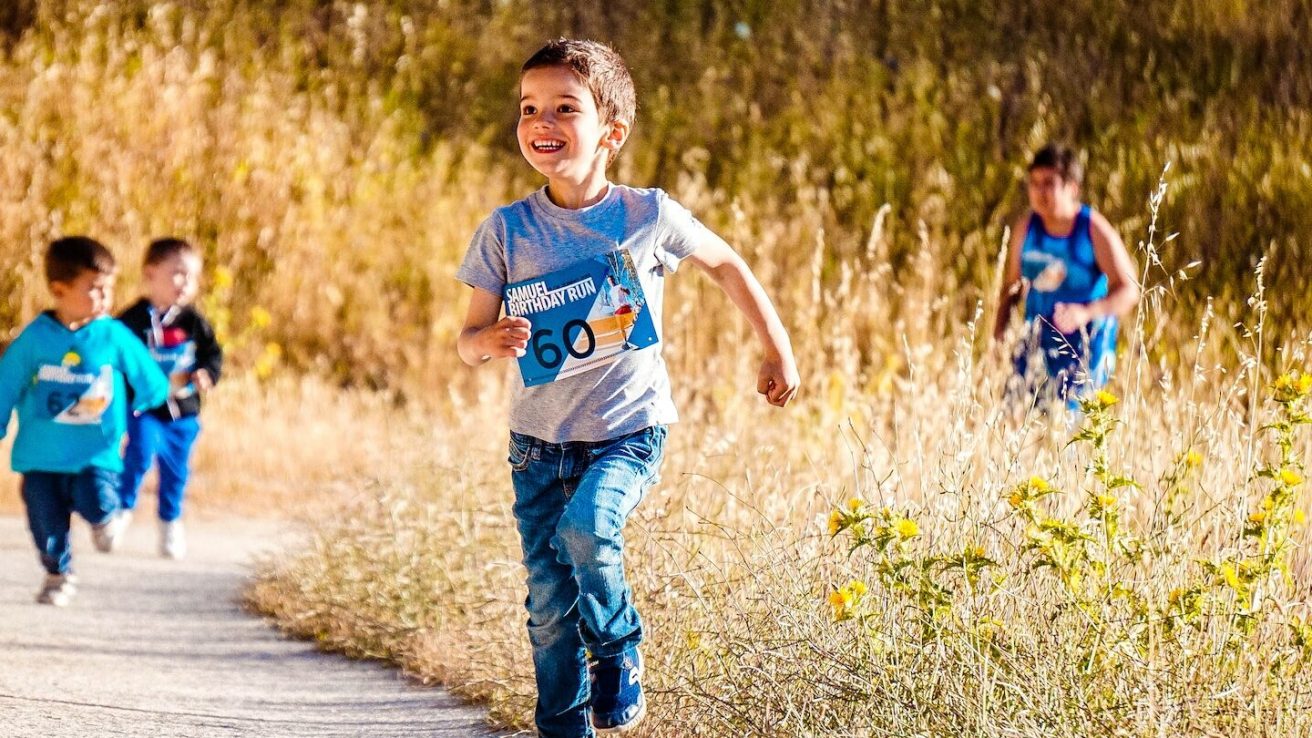Personalized exercise programs with motivational features may help promote bone health in childhood cancer survivors who are at risk of reduced bone health.
Childhood cancer survivors (CCS) are at an increased risk for decreased bone mineral density (BMD), related fractures, and other late complications. A randomized controlled trial found that a personalized exercise program may not promote body bone health in CCS, as measured by peripheral quantitative computed tomography (pQCT) and dual-energy x-ray absorptiometry (DXA). The study findings are published in the International Journal of Cancer.
Lower Initial Trabecular BMD and Compliance Improved Bone Density
This study found that CCS who were compliant with physical activity intervention experienced improved bone mineral density in the femoral neck by 1.6% to 1.8% and in the distal tibia by 1.5%. Moreover, CCS with an initial low trabecular BMD or z-score < -1 showed improvement in BMD by 2.8% compared to individuals with a relatively high trabecular BMD or z-score > -1, after undergoing physical activity intervention. Most CCS included in this study had a BMD within a normal range comparable to healthy adults.
Bone Health Was a Secondary Outcome of the Study
This study comprised a one-year individualized exercise program that was not designed specifically for improving bone health, including lower body bone structure and bone density. The primary outcome of this aerobic exercise program was cardiovascular disease risk, with bone health being a secondary outcome.
Physical Activity Intervention Was Successful With High Mechanical Impact Peaks
CCS exposed to a low amount of high mechanical impact peaks compared to low-impact training can derive benefit from physical activity intervention. Most of the CCS included in this study did not attain the high mechanical impact threshold, hence, the exercise program was not optimal for promoting bone remodeling.
Subsequent trials should incorporate exercise regimens that stimulate bone growth and target populations that are at higher risk for bone health deterioration. Additionally, incorporating motivational elements into these programs could increase adherence.
Source
Jung, R., Zürcher, S. J., Schindera, C., Eser, P., Meier, C., Schai, A., Braun, J., Deng, W. H., Hebestreit, H., Neuhaus, C., Schaeff, J., Rueegg, C. S., von der Weid, N. X., & Kriemler, S. (2023). Effect of a physical activity intervention on lower body bone health in childhood cancer survivors: A randomized controlled trial (SURfit). Int J Cancer, 152(2), 162-171. https://doi.org/10.1002/ijc.34234






